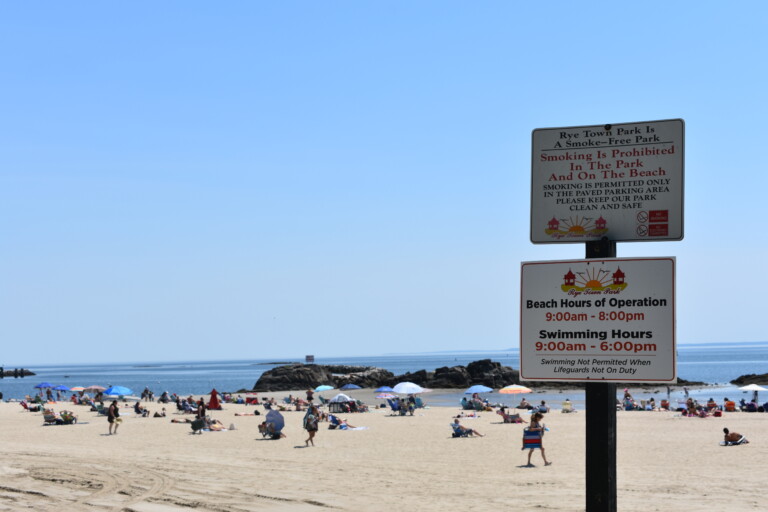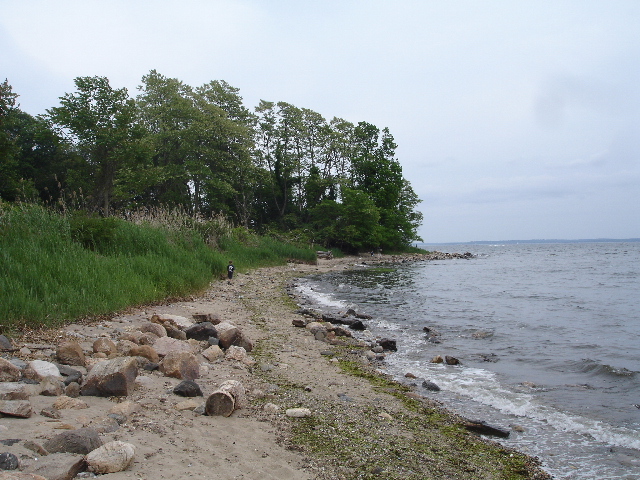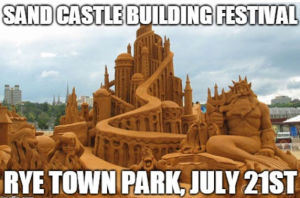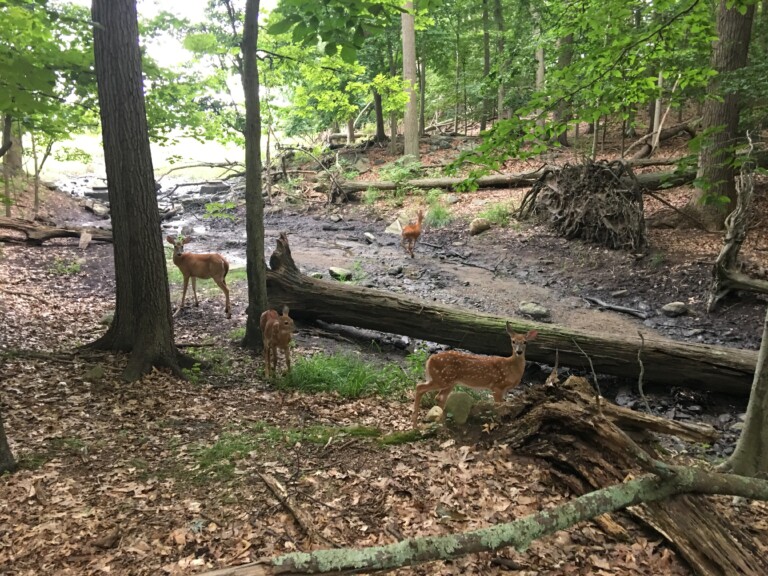Going Native: 3 Easy Actions with Bram Gunther of Plan it Wild
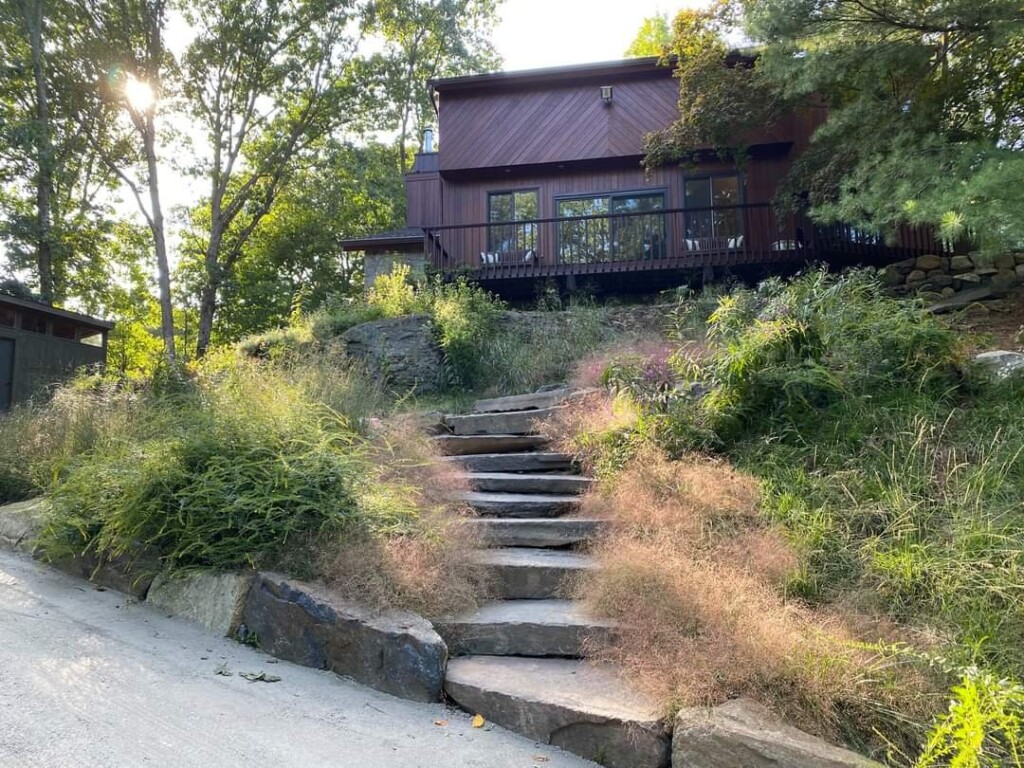
Going Native is our gardening series highlighting the contribution of native plants to building resilient landscapes. MyRye.com will introduce you to native plant experts that will tell you ways to get started with a small garden patch, a complete property or just a few garden containers.
Today we speak with Bram Gunther, VP of science and development at Plan it Wild.
MyRye.com: What are three of the easiest things every homeowner can do on their property to lower their environmental impact and create a welcoming environment for pollinators and other wildlife?
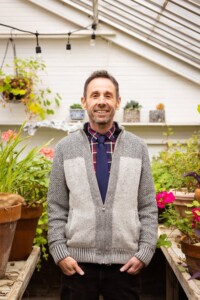
Gunther: To reach personal, community, state, and federal goals and targets for native habitat restoration and conservation (in part to address climate change), small and intermediate scale private land is critical. Yards, campuses, community space is called out again and again in scientific and policy documents as critical areas for restoration.
In fact, I see it as the untapped piece of American nature conservation—the restoration of the urban/suburban landscapes of modern metropolitan areas, where most Americans live. Yes, one half acre of yard won’t make a global difference, but it will make a difference on the family level, your air, soil, and local waterways will be cleaner, you’ll have more biodiversity, but if yards across the neighborhood, one yard at a time, are rewilded, it will make a difference across the community.
One community leads to another community, to a region, to a state, to our nation: where there was once lawn is now flourishing nature. The time to act is now.
- No mow. A good first step to not only lowering your environmental impact but increasing its value to address climate issues and biodiversity is letting portions of your lawn go “wild”—no mow. It’s not only a practical first step, it’s a symbolic and psychological step in that you’re letting go of a nearly zero-slate biodiverse and fully controlled piece of land type and letting it return on its own to something more varied and complex. It could be a trial on 100 sq ft, half an acre, 5 acres—that’s a personal choice. There’s not a lot of data but the little that exists shows that even with this hands-off step, biodiversity will increase with a return of native plants and wildlife. You will still have invasive species in this mix, but it won’t be a monoculture, as native plants will find their way in, and the wildlife will follow.
- Stop using herbicides. Increased biodiversity on your land will decrease the need for lawn, which is only maintained at its luxurious level by chemicals. These chemicals foul our soil and waterways, making the yard a more dangerous place for kids and pets.
- Land assessment. Have your land assessed to understand its current ecological value and to get a set of recommendations to increase your biodiversity. This is not an expensive step and will yield you essential information to choose the right way to rewild your land.
- Plant. On your own or with an ecological restoration company, you can bring back hundreds, thousands, tens of thousands of trees, shrubs, herbaceous flowering plants, and groundcovers. This will significantly change the look and function of your yard, which will now teem with life and color, will capture carbon, will absorb stormwater, and will reduce the effects of rising temperatures.
Also read: Going Native: Gardening with Plan it Wild’s David Baker and our Going Native series.


